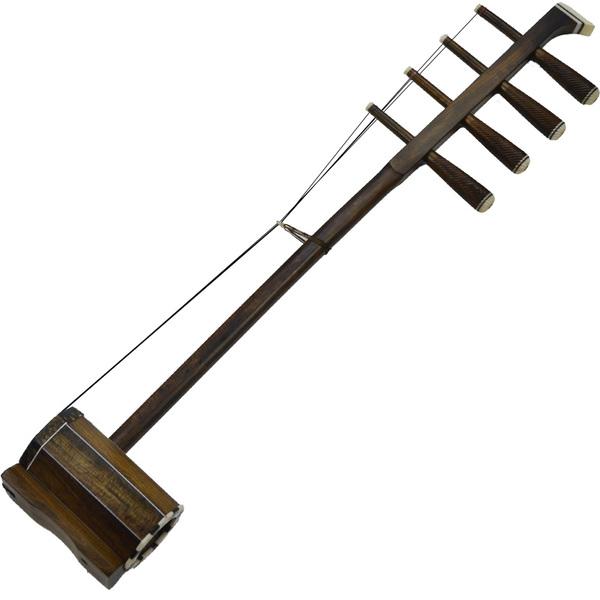How to play Sihu
The fingering of Sihu is also very unique. It does not use the fingertips to press the strings like the erhu and other stringed instruments, but uses the second rhythm of the fingers to produce glissando, hitting, plucking, overtones, etc., so the sound is more beautiful, Mellow, melodious, more grassland style. It is most suitable for the accompaniment of Mongolian folk artist's rap "Hao Lai Bao" and Mongolian Qin Shu (Uliger).

In their spare time, the herdsmen gathered in the yurts, and the entertainers pulled up the four hus and narrated the heroic epics and some moving stories in history in the form of rap. The rhythm of the piano drum complements the artist's rap and singing, which is fascinating.
Because the bass sihu has a low and soothing tone, it often makes people feel dejected when it is played. It is not suitable for ensemble and singing accompaniment for singers, which greatly affects its expressiveness. After liberation, according to the requirements of the times, Mongolian professionals and folk artists, while promoting the ancient national instrumental art of Sihu, also devoted themselves to the reform of Sihu, reducing the barrel, shortening the stem, lengthening the bow, creating Out of the high-pitched four-hu. The improved high-pitched Sihu has a high-pitched, agitated, crisp and bright tone, which makes the expression and application range of the Sihu more extensive and rich.
It can be played solo, accompanied by a singer, or used in an ensemble, and can also be played with instruments such as sanxian. The ancient Sihu is rejuvenated, catches up with the rhythm and melody of the times, and becomes a wonderful flower in the garden of national instrumental music of the motherland.
In Goerros, where Mongolian national culture has a long history, Sihu, as a unique national musical instrument, has been passed down from generation to generation. In the old society, Sihu was a means used by folk artists to talk about the miserable life of herdsmen, the exploitation and oppression of the herdsmen, yearn for a better life, and sing heroic epics.
 渝公网安备 50010702504639号
渝公网安备 50010702504639号